Trump’s Tariff Talks with Amazon
On April 29, 2025, President Donald Trump reached out to Amazon founder Jeff Bezos to discuss a report suggesting Amazon might display tariff costs next to product prices. Initially reported by Punchbowl News, the idea aimed to highlight tariff impacts on consumer costs. However, Amazon clarified that the concept was only briefly explored for its Haul platform—a budget-friendly site launched in November 2024, offering items under $20 to compete with Temu and Shein—and was never planned for its main platform. Consequently, the White House praised Amazon’s transparency, framing the dialogue as a step toward collaboration. Meanwhile, Trump’s tariffs, including a 145% levy on Chinese imports, are encouraging companies to rethink supply chains, potentially boosting U.S. jobs. Thus, the Trump-Amazon exchange signals a constructive path forward.
White House Applauds Amazon’s Clarity
In a White House briefing, Press Secretary Karoline Leavitt commended Amazon for quickly clarifying its tariff display stance, fostering open communication. She highlighted Trump’s commitment to fair trade policies that support American workers. Moreover, Leavitt noted Amazon’s $40 million investment in a Melania Trump documentary as a sign of goodwill. Consequently, the administration encouraged consumers to embrace American-made goods, aligning with Trump’s vision. Subsequently, Trump praised Bezos for the swift retraction, expressing optimism about future partnerships. Therefore, the incident reflects a shared goal of economic growth, with tariffs paving the way for domestic innovation. White House
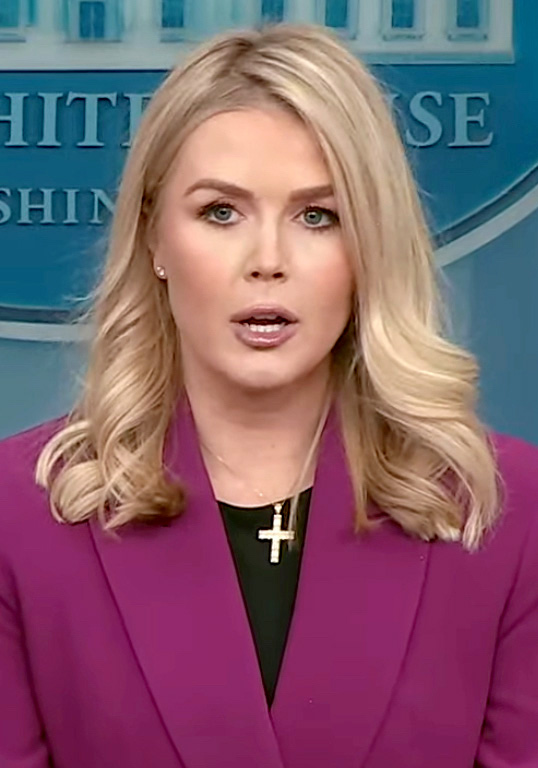
Amazon Haul Adapts with Optimism
Amazon Haul, catering to budget-conscious shoppers with affordable goods often sourced from China, is navigating tariff challenges with resilience. For instance, Reuters noted that some Amazon sellers are adjusting strategies to maintain affordability during events like Prime Day. Additionally, United Parcel Service is realigning its workforce to adapt to shifting trade dynamics, ensuring long-term stability. Meanwhile, retailers like Walmart and Target are exploring innovative sourcing to keep shelves stocked. Furthermore, Amazon’s decision to forgo the tariff display plan demonstrates its commitment to constructive dialogue with the administration. Thus, the Trump-Amazon collaboration inspires hope for a thriving e-commerce future. Reuters
Tariffs’ Economic Promise
Trump’s tariffs, expected to generate $1.0 trillion over a decade, are driving a manufacturing renaissance. While the Penn Wharton Budget Model projects short-term GDP and wage challenges, the long-term outlook is bright. For example, the Tax Foundation notes that strategic trade adjustments could strengthen U.S. industries. Additionally, the closure of a trade loophole, effective May 2, 2025, encourages domestic production by leveling the playing field. Consequently, SmartScout observed a 30% price adjustment on some Amazon products, reflecting a transition to sustainable pricing. Moreover, global trade partners are adapting, fostering a more balanced economic ecosystem. Tax Foundation
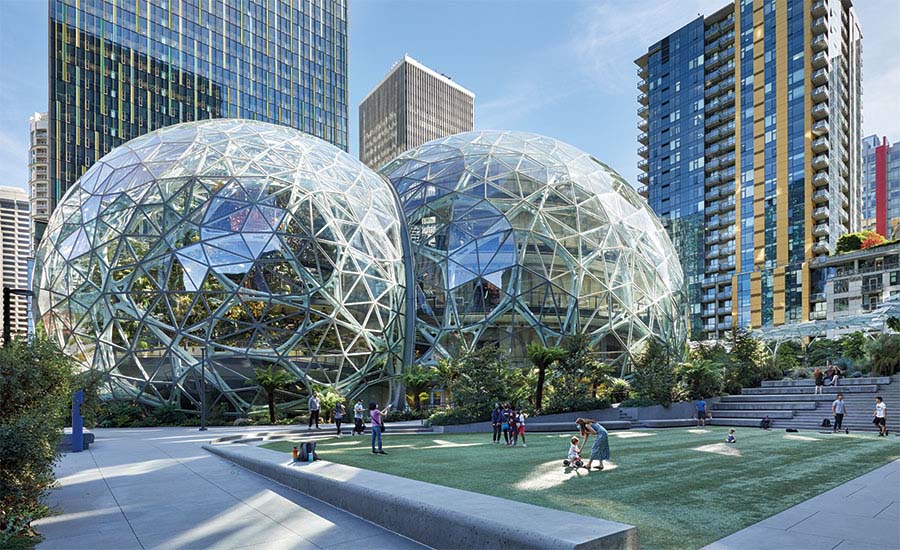
U.S. Manufacturing Boom
Manufacturers are increasingly relocating to the USA, drawn by Trump’s tariff incentives and promise of economic stability. For instance, Dr Squatch showcases its U.S.-based production, delivering quality without tariff-driven price spikes. Furthermore, a CNBC survey reveals companies are investing in automated U.S. facilities, creating jobs and stabilizing costs. Consequently, reshoring could reduce reliance on Chinese imports, potentially lowering consumer prices by 2030 as supply chains strengthen. Additionally, this aligns with Trump’s “buy American” initiative, boosting community prosperity. Thus, the manufacturing revival offers a hopeful counterpoint to tariff challenges. CNBC
Detailed Summary and Critical Question
The Trump-Amazon dialogue, sparked by a clarified tariff display plan, fosters optimism for economic collaboration. Initially, Trump’s call to Bezos and Leavitt’s praise highlighted Amazon’s transparency, setting a positive tone. Meanwhile, tariffs encourage supply chain shifts, with Amazon Haul adapting creatively. Economically, tariffs promise long-term gains despite short-term adjustments, as evidenced by a 30% price shift on Amazon products. Moreover, manufacturers relocating to the USA herald job growth and price stability, aligning with Trump’s vision. Ultimately, this partnership inspires hope for a resilient economy. How can the U.S. and companies like Amazon further collaborate to accelerate job creation while ensuring affordable goods for consumers?
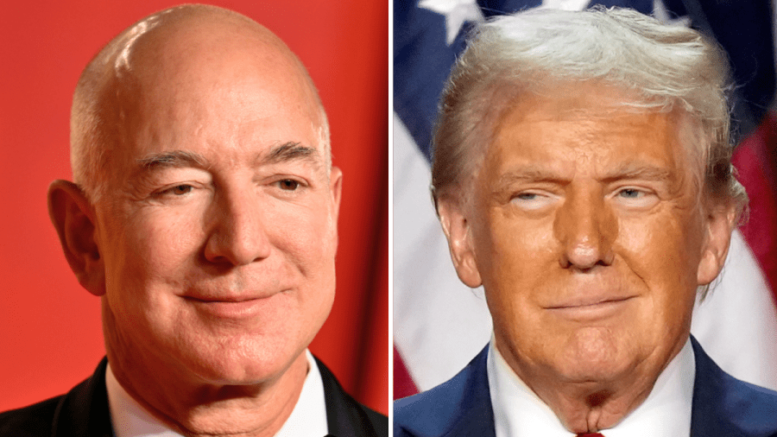
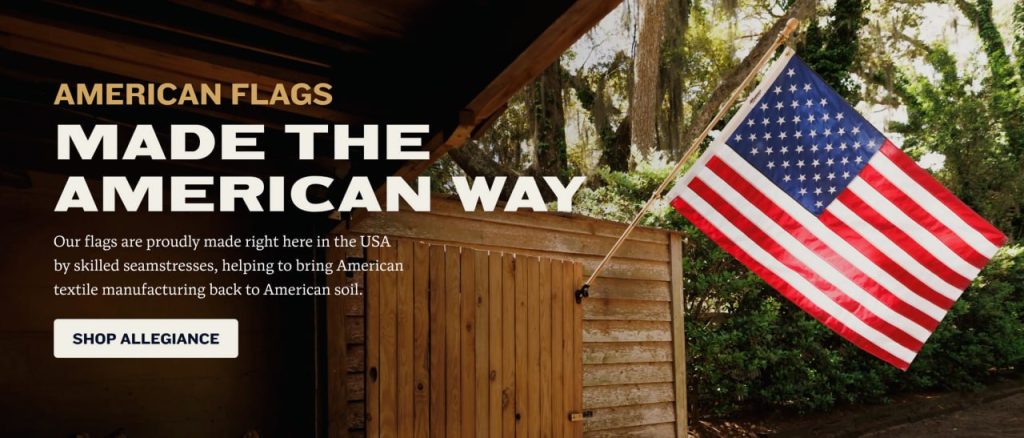



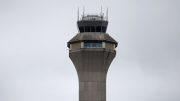

OMG, Trump and Bezos are teaming up to save America!